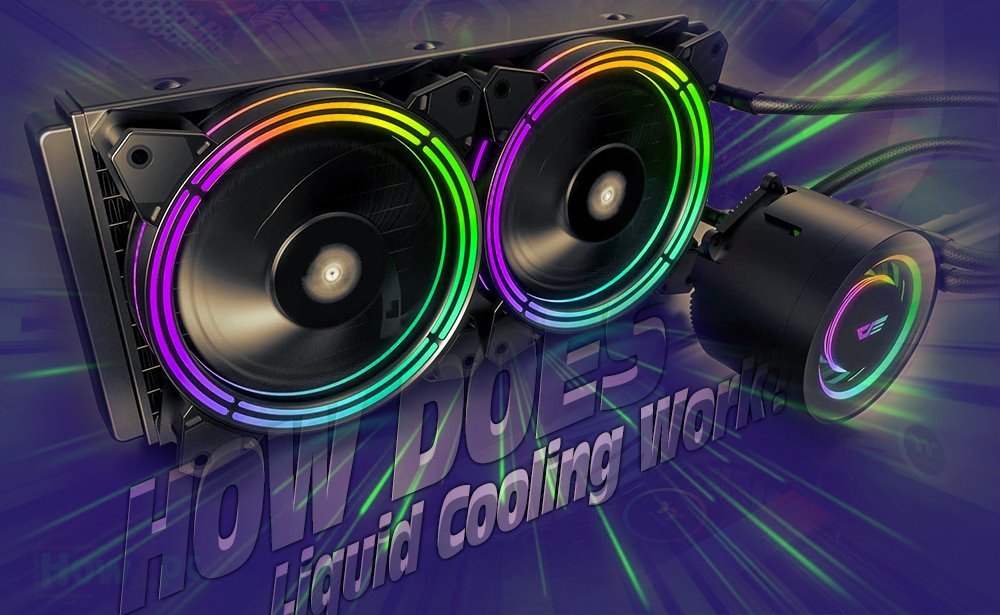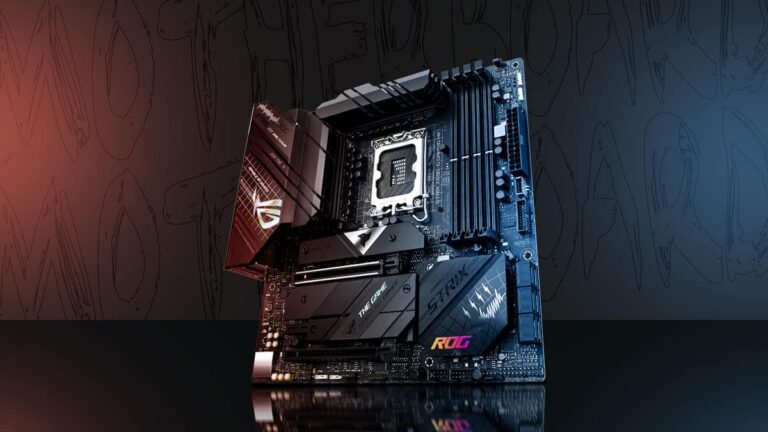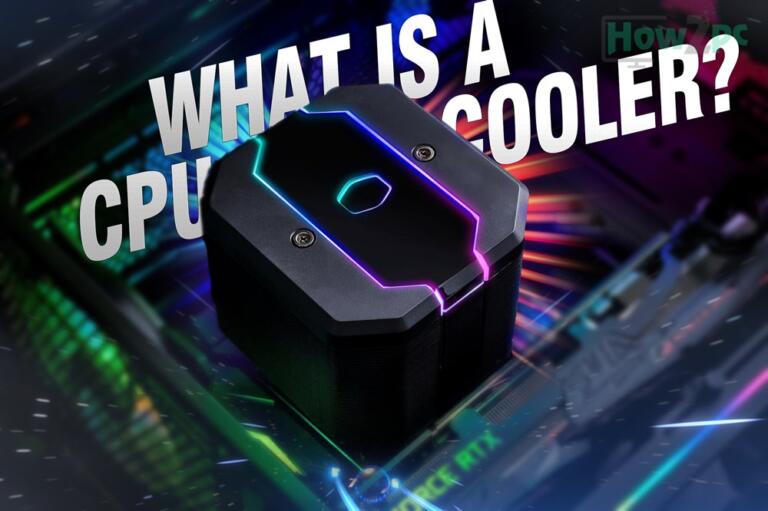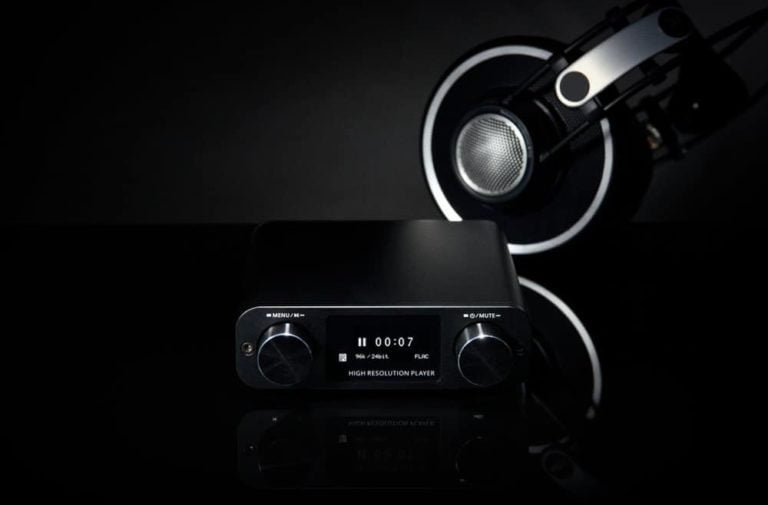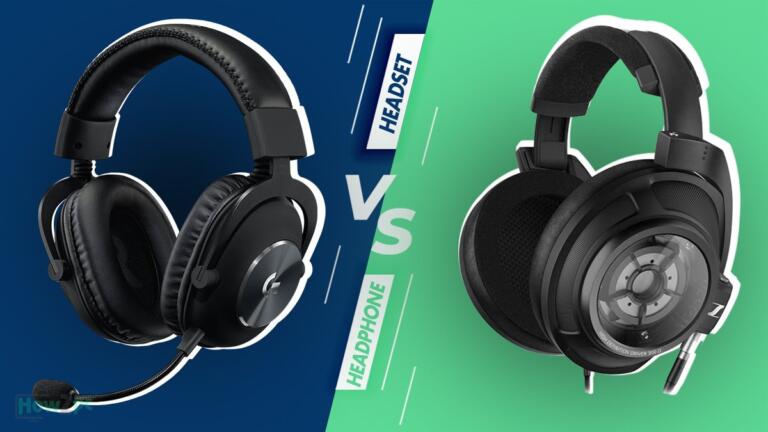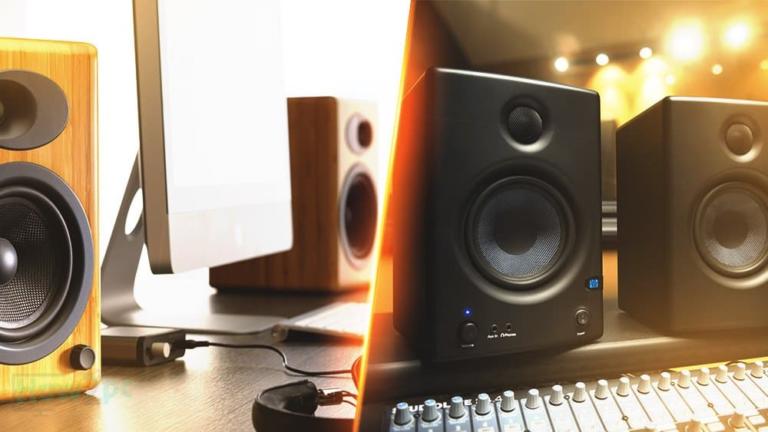Liquid coolers products are easy and simple to use for the consumer but behind the veil this cooler houses many intricate mechanisms that enable it to perform its function. Do not the swayed by the clean and minimalist look for the CPU liquid cooler in contrast to Air cooler into thinking that this cooler does not contain any complex parts.
To find out the parts which constitute a liquid cooler you can click here. We have comprehensively broken down each component of the cooler in that article for your better understanding. Long story term the parts which make up the AIO liquid cooler are the water block, radiator, water pump, CPU block, fans, and tubing.
Working on these parts together efficiently is fascinating. One may also raise the question, how did the manufacturers manage to shave down the size of the cooler and fit all the components into a single compact package, and also how does liquid cooling work? These all queries require a deep understanding of how a liquid cooler works so without wasting any more time let us look at the mechanism which keeps this process running.
How Does A Liquid Cooler Work?
A liquid cooler works by the combined working of the parts mentioned previously. These parts together complete the whole cycle of heat conduction and dissipation. The whole process is as follows:
- When the CPU becomes hot after use the then heat is conducted by the CPU block. The thermal paste on the CPU block helps with the heat being conducted more efficiently. This heat then has to be then carried by water.
- For the heat to be carried towards the radiator by the water it has to have energy disparity. Since one tube brings in cool water while the other carries hot water this creates the gradient for the flow of heat from the Block to the radiator.
- The heat is then absorbed by the water and carried to the radiator. When the heat reaches the radiator the fins of the radiator heat up and this hot air is then released into the atmosphere. This completes one loop or cycle of the thermal dissipation process.
This was a summary of how the heat is transferred. There is much more happening technically which we won’t bore you with but if you are interested in the transfer of heat you can check out the process of conduction, conservation, and dissipating of energy to get a better understanding but that would be going into too much excessive detail. Now moving on to address the next question.
Why The Size of Liquid Coolers is Compact?
The size of AIO liquid coolers is undoubtedly compact when compared with their air counterpart because water can transfer heat more efficiently. You can check out our article on liquid cooling vs Air cooling here if you want a detailed explanation of the efficiently but briefly speaking on the conductivity scale water has a much better conductive value than air.
Due to the higher conductivity of the waterless amount is required. This also includes the other components of the cooler. To achieve efficient cooling the components can be shaved and slimmed down because due to the higher thermal capacity of the cooler compact size can be maintained without sacrificing performance. It also helps that AIO coolers come premade as a single unit. If we were to use each component separately then it would require more space.
Conclusion
This was the breakdown of the process behind the working of the liquid cooler and how the manufacturers can maintain a compact footprint without sacrificing performance. In the end, it has to be said that all a liquid cooler does is use physics in a better way to achieve better results for cooling.

